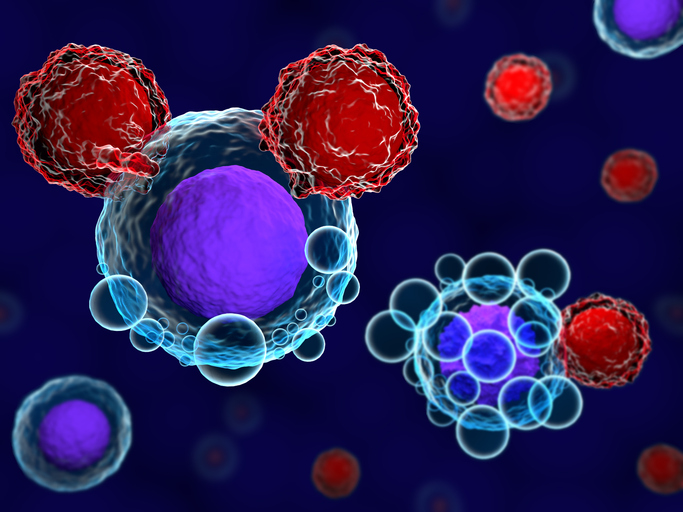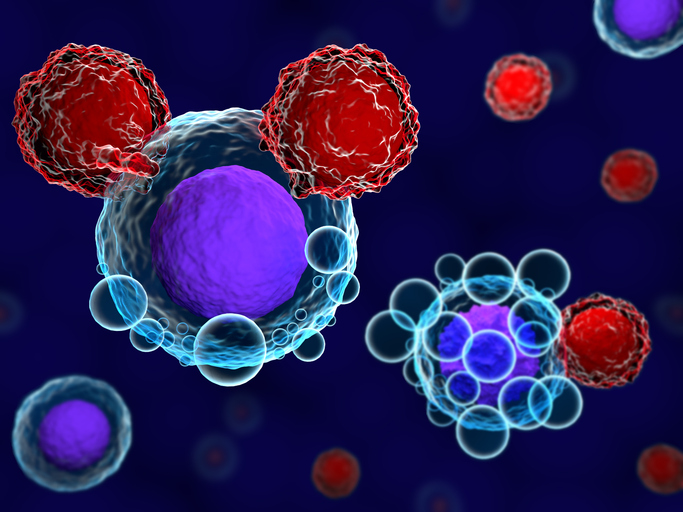Breakthrough in CAR-T Cell Therapy Manufacturing
Researchers at Case Western Reserve University have developed a novel device called CAPGLO that could significantly reduce the cost of manufacturing CAR-T cell therapy, making this life-saving immunotherapy more accessible to cancer patients. The technology uses a “capture and glow” mechanism, where T cells are captured using a magnetic field and visualized with fluorescent tags.

Currently, CAR-T cell therapy manufacturing involves extracting T cells from a patient’s blood through leukapheresis, a costly procedure requiring the removal, processing, and replacement of a large amount of blood – typically 2-4 times the patient’s total blood volume. In contrast, CAPGLO requires only about half a pint of blood, similar to a standard blood donation.
The CAPGLO technology involves coating magnetic beads with a protein designed to bind to T cells in a blood sample. The magnetized T cells are then separated from other plasma cells using a magnetic field and imaged with fluorescent microscopy. Once isolated, the beads can be removed, leaving a sample ready for chimeric antigen transduction.
This innovation is part of a broader effort to make CAR-T cell therapy more efficient and affordable. Previous work led by David Wald, MD, PhD, has developed an ultrafast CAR-T manufacturing process that reduces the production time from two weeks to less than a day. This process has already been used to treat 14 patients, with 13 achieving complete remission and reporting fewer side effects.
The potential impact of CAPGLO is significant. According to Robert Brown, PhD, distinguished university professor at Case Western, the technology could bring down manufacturing costs from hundreds of thousands of dollars to just a few hundred dollars per dose. This reduction in cost, combined with the faster production time, could make CAR-T cell therapy a more viable first-line treatment option for cancer patients.
“I hope that we could bring the cost of immunotherapy down so it could be first-line therapy rather than end-stage treatment,” said Susann Brady-Kalnay, PhD, professor of brain tumor research at Case Western and a member of the Case Comprehensive Cancer Center. “For some people, this is a curative therapy. For others, it offers significant survival benefits. We need to make it more accessible to everyone.”
While further development is needed to make CAPGLO compact enough for lab use, the potential benefits are substantial. By reducing costs and increasing accessibility, this technology could revolutionize the field of cancer immunotherapy.



